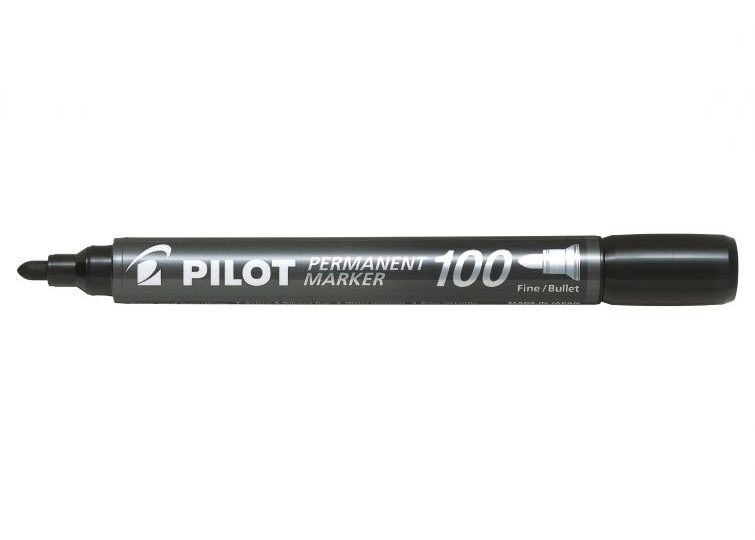Humans created something that offers a permanent essence on eternal objects in this world. Furthermore, owing to the increase in the end-use industry, this product has grown in popularity.
What are they? Permanent markers!
A permanent marker comes in handy for your entire life. For example, when you were a school student, you had to use this product to do projects. Similarly, business professionals also use permanent markers to keep the marked files handy.
So, do you want to know more about the intricacies of a permanent marker? Read on!
What Is a Permanent Marker?
A permanent marker is a type of pen used to write on objects. It has a permanent effect on the object and will not wash away.
For example, you could write your name on a wooden piece of furniture to invoke a claim on it.
You can write on numerous different surfaces with a permanent marker. If you want to write your name on a stone you found, you can do that. Moreover, it can work on metal and paper as well due to its waterproof nature and components.
The first-ever permanent marker made its debut in 1952 and was created by Sidney Rosenthal. Back then, this stationary object had a different name – An indelible marker.
Components of a Permanent Marker
Have you ever wondered how such markers are permanent? Indeed, the science used to make such markers work has been overlooked for years. But with the rise in curiosity levels, the workings of a permanent marker came into the limelight.
So, in its essence, there are some ingredients combined to offer permanency:
- The carrier solvent
- The resin
- A colourant
When mixed, these elements form an ink that is long-lasting and effective.
Indeed, these ingredients get composed into a plastic tube that becomes the pen. It has a porous material that gets soaked with the ink in the tube. Furthermore, the opening on the pen tip comes in various options and is where you get the ink from.
When using a permanent marker, the ink gets siphoned to this tip, and you can make permanent art with it.
Indeed, the use of chemicals in ink induces a high risk of ink poisoning.
How a Permanent Marker Works
Have you seen the numerous ink colour options in permanent markers? The colourant used to make these pigments are dyes and will not fade or bleed.
The use of carriers infuses solvents to the ink for it to retain its vibrancy. Therefore, the ink will not evaporate from the surface and transmit the colourant onto it.
Usually, these solvents are alcohol-based and do not have any traces of Toluene or Xylene.
Both the colourant and carrier solvent, when mixed with the resin, offer a glycerine-like texture. Hence, companies use this resin to bind everything together.
Once everything gets mixed, the ink formed will adhere to any surface and stick to it. Consequently, when the ink dries, the carrier evaporates, and a film of pigment is left behind.
Summing Up
A permanent marker is a unique invention that has a position for people from all walks of life.
The composition is of a pen, but the ink present in it is unique. Moreover, the markers come in different colour options. It contains a resin, colourant, and carrier to make the ink functional and effective!
You will get versatility from permanent markers because of their ability to affect all surfaces.













